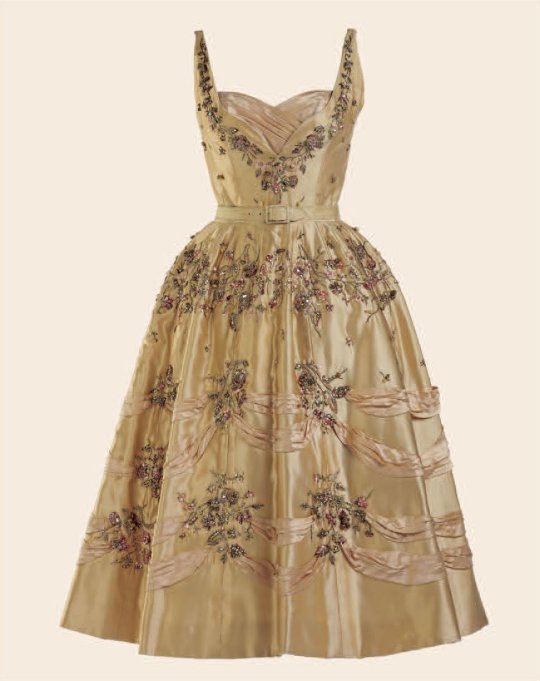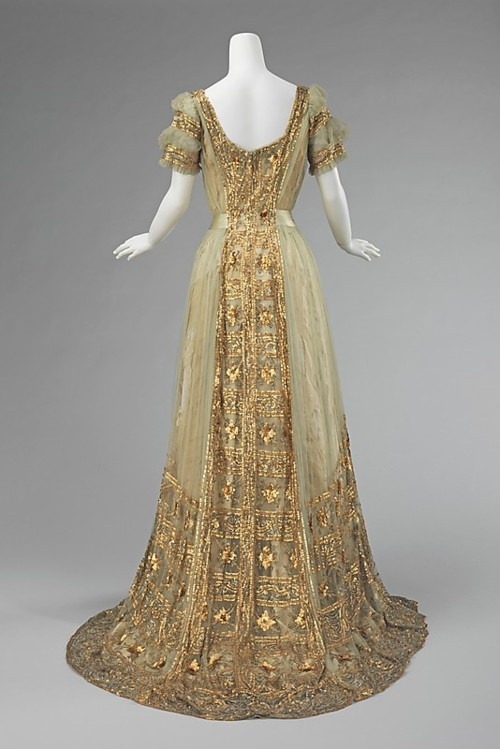Text


Pink Silk Ball Gown, 1900, French.
Designed by Jean-Philippe Worth.
Met Museum.
727 notes
·
View notes
Text
Update 1!!
I forgot to take pictures... only took a couple of the skirt placket and pleats. Theeres about 6in of pleats, 3 on either side of the split. Theyre so tiny and i didnt bother doing the math, just eyeballed them and they look pretty okay, if not a bit uneven

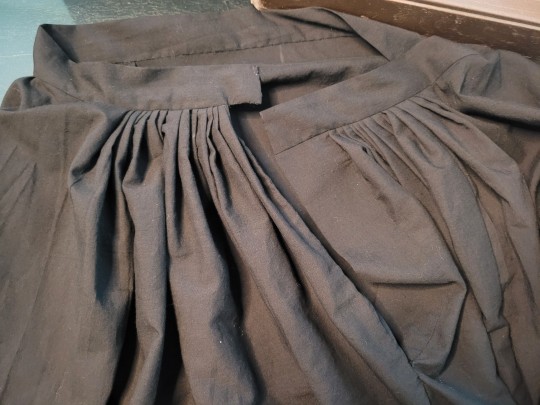
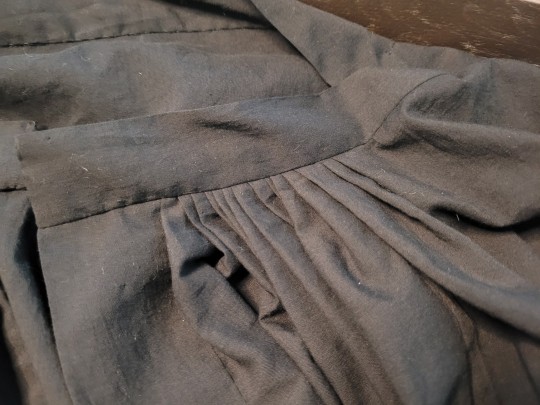
I pretty much finished the skirt, i just need to press the hem. I used a couple large snaps and a hook/bar for the closure. I also got about halfway done sewing in the blouse placket, which will be closed with a bunch of snaps as well. This is going much more quickly than expected!! I had to stop often and adjust the video camera to get different shots so I couldnt just power through all the sewing :-(
I still need to do a couple more things to the blouse and finish the sash/belt thing. I need some synthetic whalebone for that, and I'm not thrilled to be buying more things tbh (mostly bitter about the shipping costs which i know will be more than the bones 😭😭😭) I placed a preorder for the American Duchess tango shoes so I'm a bit low on funds but im really excited about this whole thing.
Once I finish the whole outfit I think ill do a shoot at a cemetery or maybe a garden for the reveal. Anyone know any historical cemeteries in SoCal?
Date: 4/21/24
Edit:
Wait i took some pics on my instagram story!!!


I did a final design illustration with watercolor and got some aesthetic shots of both my treadle machine and hand turned machine :) Learning how to use my dads video camera has been... challenging.
10 notes
·
View notes
Text
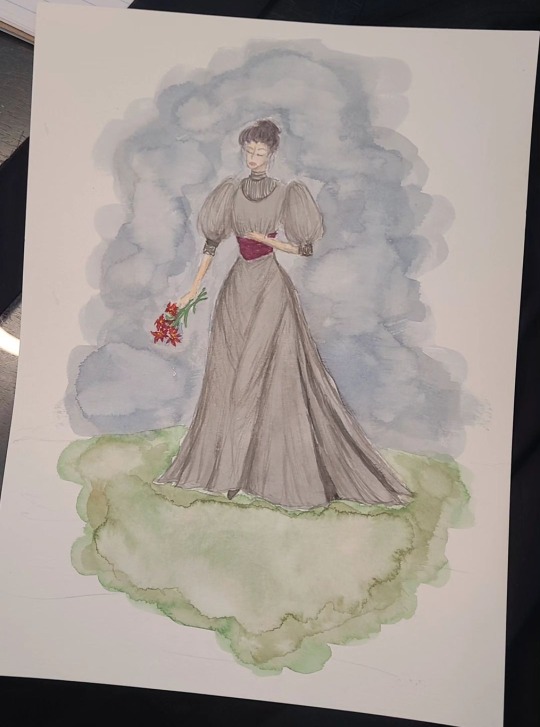
Edwardian half mourning dress fashion illustration
(The grey was supposed to be black lol)
5 notes
·
View notes
Text
White Cotton Muslin Day Dress, 1855
Fashion Museum Bath

288 notes
·
View notes
Text
☆Update 2:☆
I remembered to take pics today! Sort of. Only after i had put away my machines and stuff...
Here are (most) of my edwardian undergarments
(i am wearing modern clothes under bcs the internet is weird)
Chemise, bustle pad, underbust corset, petticoat
I still need to make a corset cover someday, ive just been using a second thin chemise over all this:
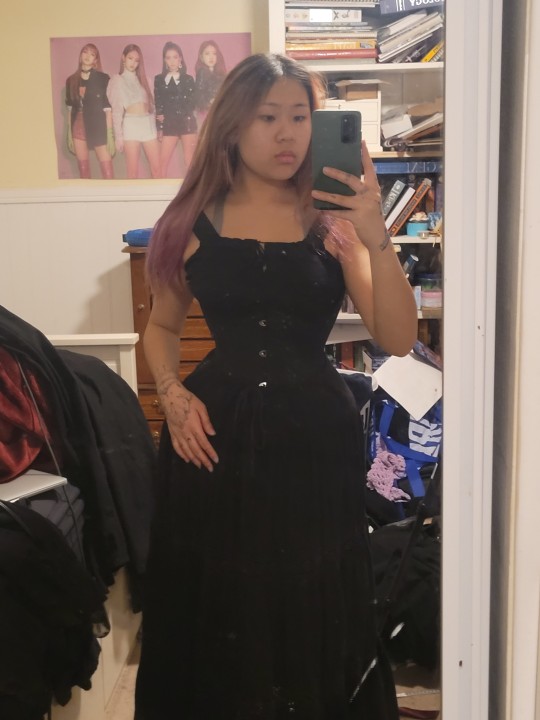
I used these vintage buttons on the cuffs. I wanted some more security but ran out of buttons so i used small snaps:
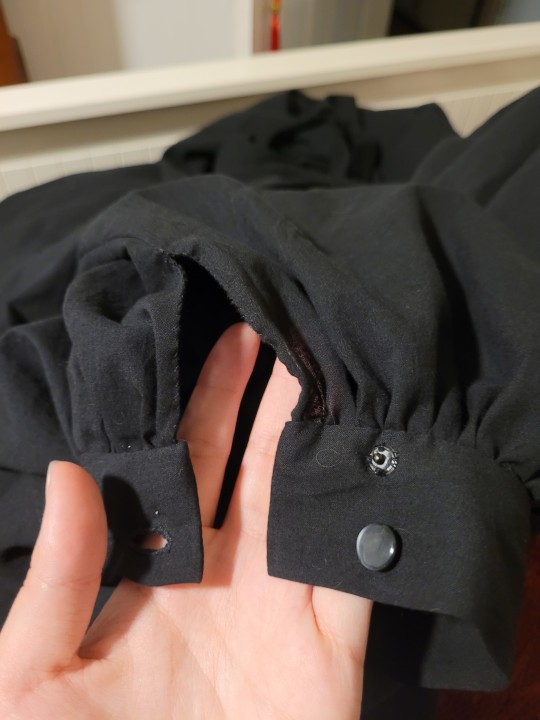
Also put one on the collar so i could try it on. I think the placket at the back of the blouse is a little ugly and larger than ive seen in extant garments but i forgot to adjust the pattern for my broad shoulders and need the extra width for comfort.

I tried on the blouse and skirt together:

I may need to loosen the waistband of the skirt, the corset is a bit bulkier than i thought itd be. Also the blouse is just stuffed into the skirt and currently only has one closure on at the collar so it looks a little bit disproportionate. The belt/sash will help smooth everything out so i dont look like im drowning in voile.
I might go without the bustle pad during the final shoot because i think it gives too much volume in the waist/hip area for edwardian tastes. Its from an 1890s pattern, so the silhouette is a bit out of date. I should probably try the skirt on without the pad before extending the waistband though.
Im pretty happy with how the sleeves turned out! I have some vintage nottingham lace i bought on etsy from penelope textiles that i was going to add to another project. I think ill sew some different laces together and add it to the cuffs to elongate them a bit. Since this dress is supposed to be from roughly 1905, i want the sleeves to look as they wouldve in that time. The photos ive seen mostly feature large ruffles at the ends of elbow-length sleeves but i dont think ill be likely to wear ruffles very often. Ive also seen tighter cuffs that extend from the elbow to mid-forearm or from the elbow to wrist. I think the elbow-length sleeves are a feature of afternoon dresses but i could be wrong. Maybe that was just day dresses? Not sure.
Im also not sure if i want to get gloves/a hat/parasol for this project. On one hand, it would look really cool for the video. On the other hand, it sounds quite expensive and i doubt ill wear it again. I dont want to buy things i wont use and create waste, theres enough of that in fashion. I have a pink 1900s parasol that i might cover with black fabric, but idk.
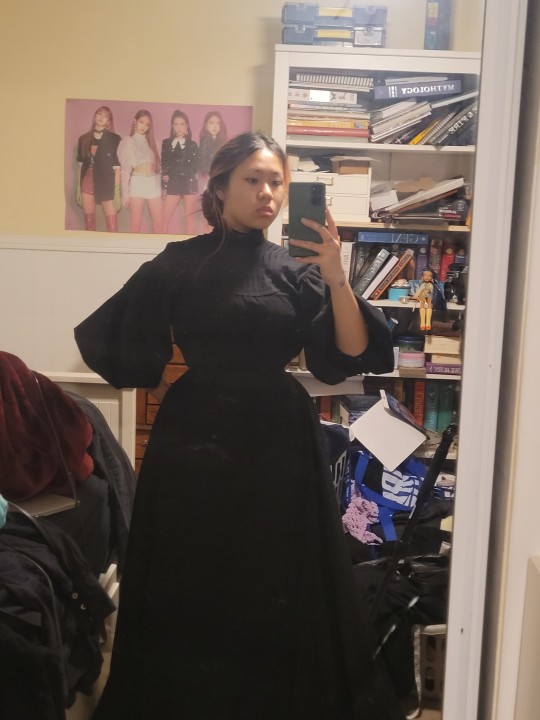
There isnt much left to do! Im gonna make a list here so i have it written somewhere:
-sew snaps onto blouse
-finish blouse hem
-attatch lace cuffs
-press pleats on sash/belt
-order synthetic whalebones
-add bones, hook/bars to belt
This is just the sewing tasks though, i need to edit the video clips and record audio. I have no idea how to do any of this. I just downloaded davinci video editor so hopefully i can figure it out. The only experience i have with video making/editing was in 3rd grade on ipads on the imovie app. Ive just been binge watching bernadette banner videos bcs i love her video style.
Any tips/feedback are much appreciated! ♡
Date: 4/22/24
51 notes
·
View notes
Text
It is funny to me how quickly an actorts attractiveness can just evaporate once I see them out of period clothing.
#period outfits#actors#sorry to Johnny Flynn i thought he was so hot in Emma#then i saw a regular photo of him
0 notes
Text
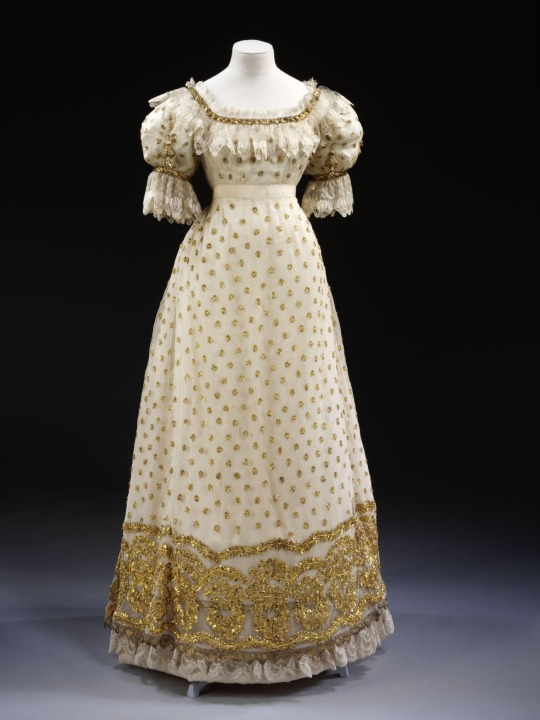
Ball gown of embroidered net
c. 1820
Great Britain
Victoria and Albert Museum
1K notes
·
View notes
Text


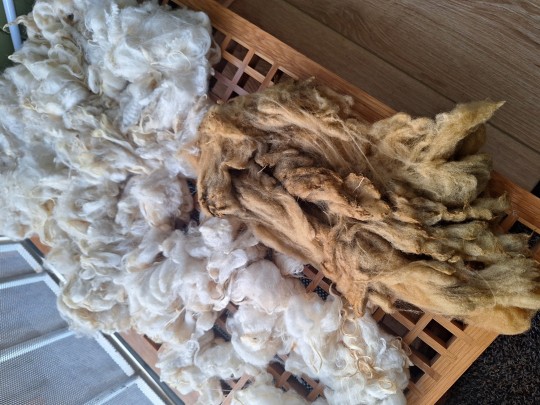
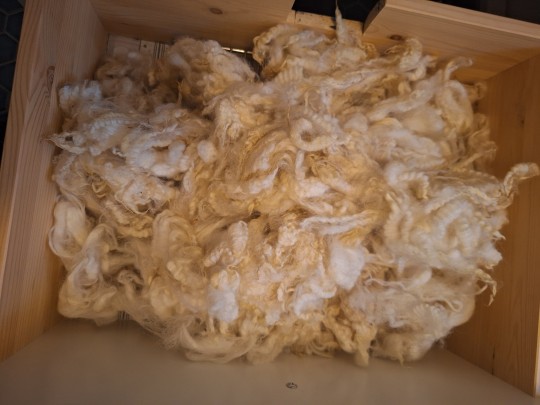
Lots of fleece things recently; trying not to move with old dye or raw fleeces so I've been using stuff up. Also I always get into a fleece fever in the spring
From top to bottom, left to right:
Shetland scrap (as in, my last little bit of that beautiful fleece) after avocado dye with copper mordant, drying. Happy to add some light pink to my naturally dyed shetland collection. I've got some updates for that too but I'll wait until I've spun all of the different colors probably.
Hampshire fleece in the avocado exhaust. I'm using some old bottled avocado dye from last year plus the bits of avocados I had from recently. It's still a very dark dyebath so I oughta be able to get at least another round of full dye before actually getting exhaust. I forgot how crazy potent the avocado dye was (cooked it down from about 1 gallon to a pint which is about 80% less volume if my completely wild guess is correct). Oops.
White: shetland x clun forest, drying. The green is more hampshire that I mordanted quite some time ago, forgot about, and recently found. I believe its copper mordant because it was very green already, but after dyeing with yellow hollyhock and yellow marigold it is even greener. I know it looks vaguely brown here, but it's a sort of khaki green
And then more shetland x clun forest. This is the first batch; I moved it to the bathroom drawer that's directly over a vent and thus very good for drying things. It's still wet though. The hampshire is dry already and I dyed it at the same time.... I'm chalking it up to more weirdness from this crossbreed sheep. I want it to dry already so I can sample some and see if it spins up weird too. I hope it's good as a yarn. The lack of stickiness in the fibers is really odd for what the parents were... kinda reminds me of karakul ? Idk, I'm sure it will be a little easier when it's dry.




23 notes
·
View notes
Text

First evening gown since the fire (late 1870s-very early 80s), debuted at a work event. Simple and not perfect, but it feels like a milestone all the same
254 notes
·
View notes
Photo



A DANGEROUS DYE: HOT-MAGENTA DYES OF THE 1860S
Magenta silk dress (1869-70) by (Madame) Vignon, Paris
[© Victoria and Albert Museum, London]
According to the V&A,
Vivid magenta-coloured silk gives this dress a rich and flamboyant appearance. It was probably dyed with one of the new synthetic colours produced from the late 1850s onwards, although intense hues could also be created using natural dyes. The artificial forms of magenta were very popular and a battle for patents began as dyers sought to distinguish their inventions from those of their competitors. In reality many of the dye samples from different manufacturers looked exactly the same, and it was only the exotic names, claims on colourfastness and improved visual quality that set them apart. Other disputes arose over the health risk posed by the wearing and production of garments coloured with synthetic dyes. In the early 1870s a German chemist found traces of arsenic in fabric dyed with magenta, which could leak out in washing, rain or perspiration. There were also reports of serious skin conditions caused by exposure to aniline dyes, and a dye firm in Switzerland was forced to close in 1864 due to arsenic pollution.
More than just the health hazards were, of course, the social risks:
Brightly coloured fabrics also led to words of advice from the fashion magazines. The Englishwoman’s Domestic Magazine of March 1868 recommended that there should be no more than ‘two positive colours in a lady’s toilet’ and that ‘very bright tints’ should be toned down with white, black or grey to prevent a gaudy appearance. Two shades of the same colour were considered very fashionable, particularly if the trimmings were of a contrasting fabric. (In this example, the difference in colour between the thread and material may have become more evident over time.) Satin bows and pleated bias-cut trimmings complement the ribbed silk of this dress perfectly, while delicate puffs of tulle inserted into the sleeves soften the impact of the dramatic colour. These details reveal the skill of eminent couturiers such as Madame Vignon, the maker of this gown, who was also patronised by the fashionable Empress Eugenie, wife of Napoleon III. [x]
More Vignon dresses from the Metropolitan Museum of Art. More brightly-colored, aniline-dyed dresses at the V&A: 1 and 2.
279 notes
·
View notes
Text
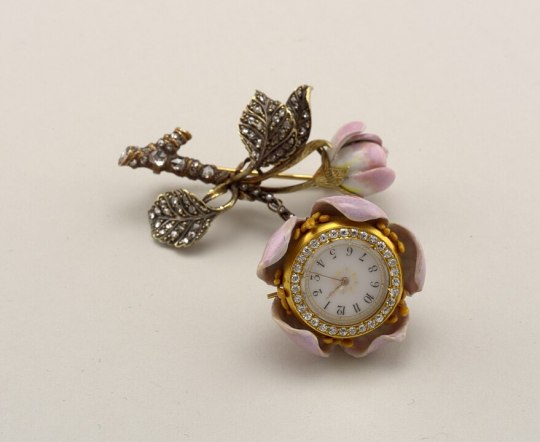
Lapel watch, USA, c. 1889, Cooper–Hewitt, Smithsonian Design Museum
1K notes
·
View notes
Text
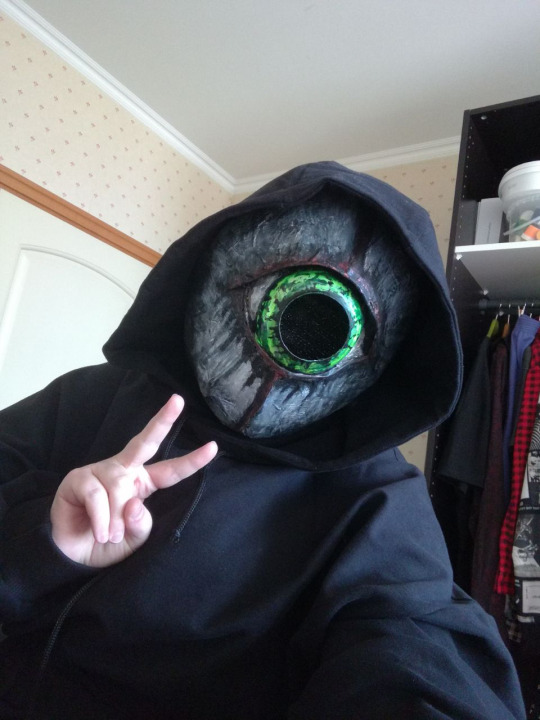

When some cryptic shit kicks in again-
HI HI JOIN MY EVIL CULT I HAVE TEA AND HALLOWEEN ALL YEAR ROUND 💚👁️
In any case, made a new masque, hope yall like it!
36 notes
·
View notes
Text
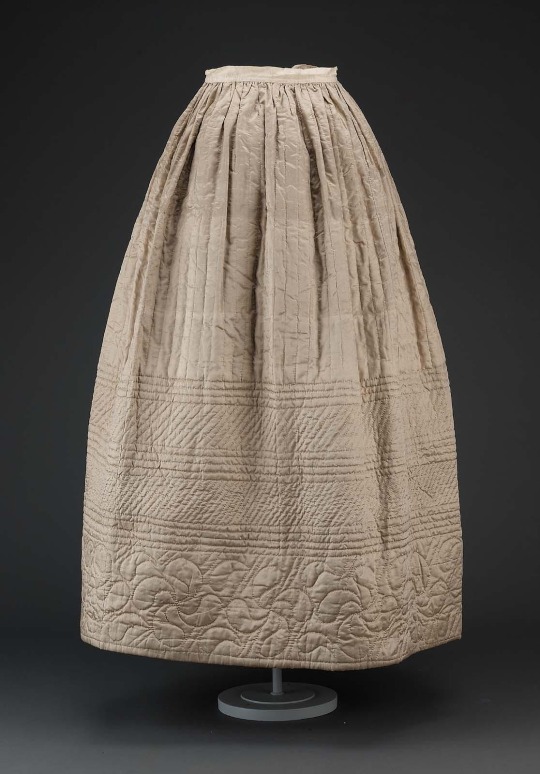
Grey Quilted Petticoat, ca. 1840, American.
MFA Boston.
7 notes
·
View notes
